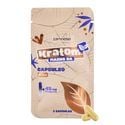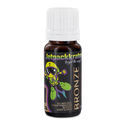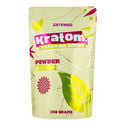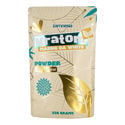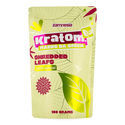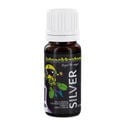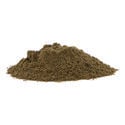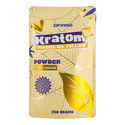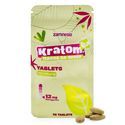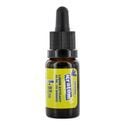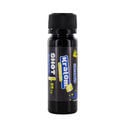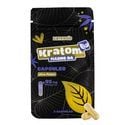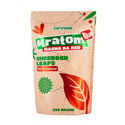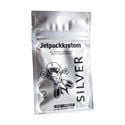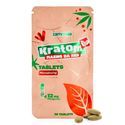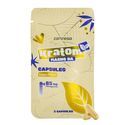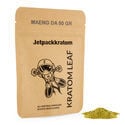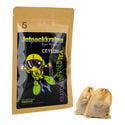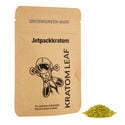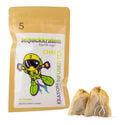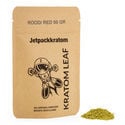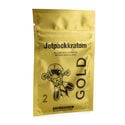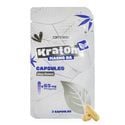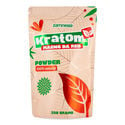-
Seed Shop
-
Feminized
Cannabis seeds -
Autoflowering
Cannabis Seeds -
Regular
Cannabis Seeds -
F1 Hybrid
Cannabis Seeds -
CBD
Cannabis Seeds -
Zamnesia
Cannabis Seeds
-
Top 10’s
- Top 10 Feminized Seeds
- Top 10 Autoflowering Seeds
- Top 10 Regular Seeds
- Top 10 USA Cannabis Strains
- Top 10 Zamnesia Seeds
-
Favourites
- Beginner Strains
- Below 1% THC
- Classic Cannabis Strains
- Cup Winners
- F1 Hybrids
- Fast-Flowering Strains
- High CBD Strains
- High THC Strains
- Mix Packs
- Zamnesia Exclusive Collabs
-
-
Headshop
-
Vaporshop
- Spare Parts & Accessories
- AirVape X
- AirVape XS GO (2021)
- Arizer Air MAX
- Arizer Extreme Q
- Arizer Solo 2
- Arizer V-Tower
- Arizer XQ2
- Boundless CFC 2.0 Vaporizer
- Boundless CFX
- Boundless TERA (V3)
- CRAFTY+
- DaVinci IQ2
- DaVinci IQC
- DaVinci MIQRO
- Dr. Dabber Boost EVO
- Dr. Dabber Stella
- DynaVap Omni 2021
- DynaVap VapCap "M" PLUS 2023
- DynaVap VapCap 'M' 2021
- DynaVap VonG (i) Titanium
- Dynavap The "B" Series
- Eagle Bill
- Firefly 2+
- Flowermate Aura
-
Healthshop
-
Smartshop
-
Shroomshop
-
Growshop
-
Seed Shop
All CategoriesSeed Shop
- Autoflowering Cannabis Seeds
- Feminized Cannabis Seeds
- Zamnesia Seeds
- Zamnesia's Top 10
- CBD Seeds
- F1 Hybrids
- Seed Banks
- Mix Packs
-
Popular Strain Types
- Zamnesia Exclusive Collabs
- Classic Cannabis Strains
- Amnesia Seeds
- Haze Seeds
- Skunk Seeds
- Kush Seeds
- Purple Seeds
- Blueberry Seeds
- Cheese Seeds
- Diesel Seeds
- White Widow Seeds
- Gorilla Seeds
- Northern Lights Seeds
- Granddaddy Purple Seeds
- OG Kush Seeds
- Blue Dream Seeds
- Lemon Haze Seeds
- Bruce Banner Seeds
- Gelato Seeds
- Sour Diesel Seeds
- Jack Herer Seeds
- Girl Scout Cookies Seeds (GSC)
- Wedding Cake Seeds
- Zkittlez Seeds
- Pineapple Express Seeds
- Chemdawg Seeds
- Hindu Kush Seeds
- Mimosa Seeds
- Cup Winners
- F1 Hybrids
- Mix Packs
- Beginner Strains
- High THC Strains
- Fast-Flowering Strains
- Regular Cannabis Seeds
- USA Cannabis Strains
- Cup Winners
- Seedfinder
-
Vaporshop
All CategoriesVaporshop
- Top 10 Vaporizers
- Spare Parts & Accessories
- AirVape X
- AirVape XS GO (2021)
- Arizer Air MAX
- Arizer Extreme Q
- Arizer Solo 2
- Arizer V-Tower
- Arizer XQ2
- Boundless CFC 2.0 Vaporizer
- Boundless CFX
- Boundless TERA (V3)
- CRAFTY+
- DaVinci IQ2
- DaVinci IQC
- DaVinci MIQRO
- Dr. Dabber Boost EVO
- Dr. Dabber Stella
- DynaVap Omni 2021
- DynaVap VapCap "M" PLUS 2023
- DynaVap VapCap 'M' 2021
- DynaVap VonG (i) Titanium
- Dynavap The "B" Series
- Eagle Bill
- Firefly 2+
- Flowermate Aura
- Flowermate Cap Pro
- Flowermate Slick
- Flowermate V5.0S Pro
- G Pen Connect
- G Pen Elite II
- G Pen Micro+
- G Pen Pro
- G Pen Roam
- Hydrology9 Vaporizer
- Hyer Big-E Rig
- MIGHTY
- MIGHTY+
- PAX Mini
- PAX Plus
- PLENTY
- Pax 3 Vaporizer
- Puffco Peak PRO Smart Rig
- Puffco Peak Smart Rig
- Puffco Plus
- Storm Vaporizer
- The Proxy (Puffco)
- VOLCANO CLASSIC
- VOLCANO HYBRID
- Vape-Lifter
-
Smartshop
All CategoriesSmartshop
- Top 10 Smartshop
- Zamnesia Gift Cards
- After Party
- Aphrodisiacs
- Aromatherapy
- Blue Lotus
- CBD Vape Juice
- Capsule Machines
- Crystals, Gemstones & Minerals
- Dream Herbs
- Drug Tests
- Extracts
- Happy Caps
- Herbal Tea
- Herbs & Seeds
- Incense
- Kanna
- Kratom
- LSA Seeds
- Mescaline Cacti
- Microdosing
- Nootropics
- Relaxing
- Salvia divinorum
- Smart Seeds
- Stimulants
- Supplements
- Tinctures
- Vape Herbs
-
TRIBE
All CategoriesTRIBE
- My Membership
- Spend Gift Points
- TRIBE Sale
- Exclusive products
- Earn Extra Gift Points
-
TRIBE
- Early Access
- Refer a Friend
- Information
-
TRIBE
-
Language
 United States
United States
Wednesday, 09 July and Tuesday, 15 July 2025*
The different types of kratom products explained
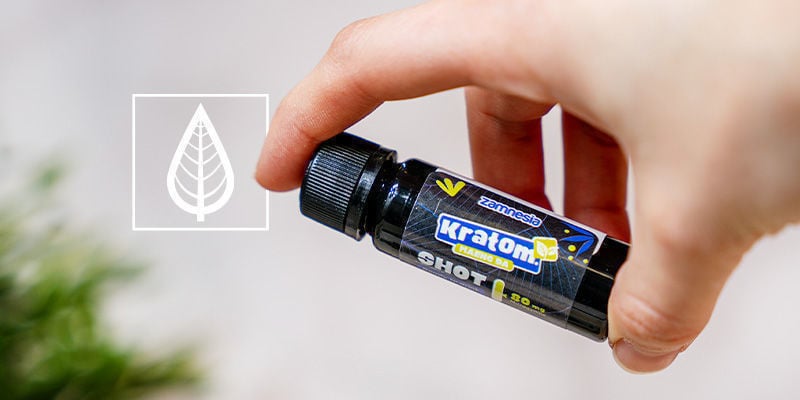
Unlock the potential of Mitragyna speciosa with our exploration of kratom products. Discover how to integrate powders, extracts, capsules, and other forms of kratom into your daily life. Whether you're new to kratom or a seasoned enthusiast, this guide will help you navigate the various options available.
There's no denying the popularity of kratom. With a variety of potential effects and benefits, many are utilising the Mitragyna speciosa plant to enhance their everyday lives. While traditionally the leaves were chewed to experience its effects, today there are many different kratom products and consumption methods available to suit all lifestyles. In this article, we address the different types of kratom products and how they can be harnessed.
What is kratom?
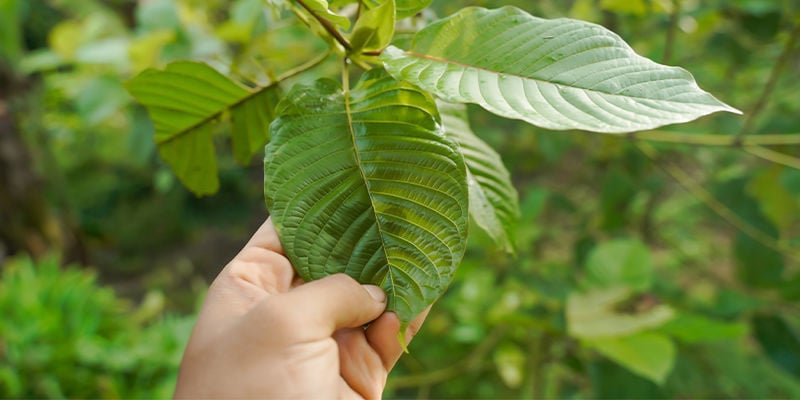
Kratom, otherwise known as Mitragyna speciosa, belongs to the same family as coffee. And much like coffee, kratom has the potential to provide stimulating and energising effects—at relatively low doses. In larger doses, however, kratom’s effects become substantially more relaxing and sleep-inducing.
There are numerous strains of kratom, all of which are native to Southeast Asia. The leaves of these plants are harvested and then made into various products or, more traditionally, brewed into tea or simply chewed.
Overview of kratom product types
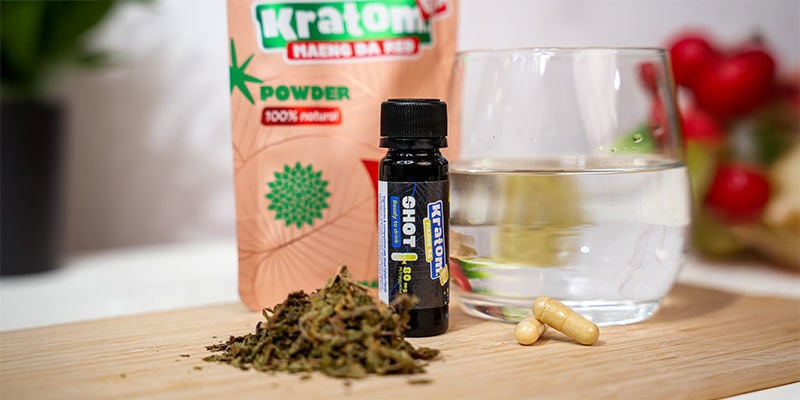
While the traditional methods of kratom consumption still have their rightful place, they might not be the most convenient way of experiencing the plant’s effects. That's why more accessible and versatile methods have been created so that everyone can have the opportunity to try kratom, regardless of their preferences or lifestyle. So, with that in mind, allow us to take you through the most popular kratom product types.
Kratom powder
As one of the most widely available forms of kratom, there's no better place to start than kratom powder. Kratom powder is made by grinding the dried leaves of Mitragyna speciosa, and it can be used in many different ways, meaning it’s also one of the most versatile products. As the flavour of kratom is pretty bitter due to high levels of the desired alkaloids, many add a dose of kratom powder to food and drinks, such as smoothies.
However, if you're feeling up to it, you can always take a spoonful of powder and wash it down. Simply put, kratom powder is highly adaptable and the go-to for many kratom enthusiasts.
Kratom extract
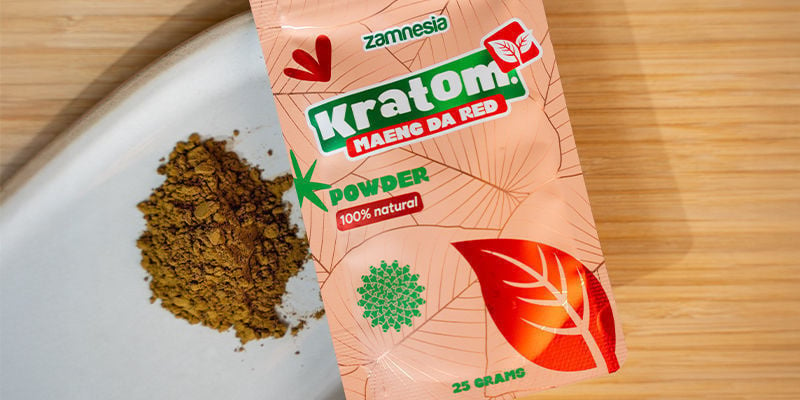
Similar to powder, kratom extract derives from the dried leaves of the plant and is created through state-of-the-art extraction processes. This powder is then combined with a bit of alcohol to create a liquid extract. Available in varying levels of potency, kratom extracts are used in a similar fashion to powder and can be added to food and drink. It's even possible to purchase kratom extracts that have been enhanced with different flavours or additional ingredients such as lemongrass and kanna.
Shredded kratom
Shredded kratom leaves are another popular kratom product. Shredded kratom is chopped finely but chunkier in consistency than powder. Many use shredded kratom to brew a tea. This can be easily achieved by placing a dose of shredded kratom in a tea infuser and allowing it to steep in boiling water. Due to the bitter flavour associated with kratom, users often add honey or sugar to their tea to mask the taste.
Kratom tablets
If you're searching for a kratom solution that's effortless to slot into your daily life, consider picking up some kratom tablets. Made from powdered extracts, kratom tablets are pre-dosed and ready to go, making them an excellent option for those with busy lifestyles. These tablets can be taken in the morning with a meal to provide a burst of mental and physical energy when you need it most during your workday.
However, some also choose to buy microdoses of kratom featuring around 12 mg of mitragynine per tablet, allowing users to remain in control while experiencing subtle effects.
Kratom capsules
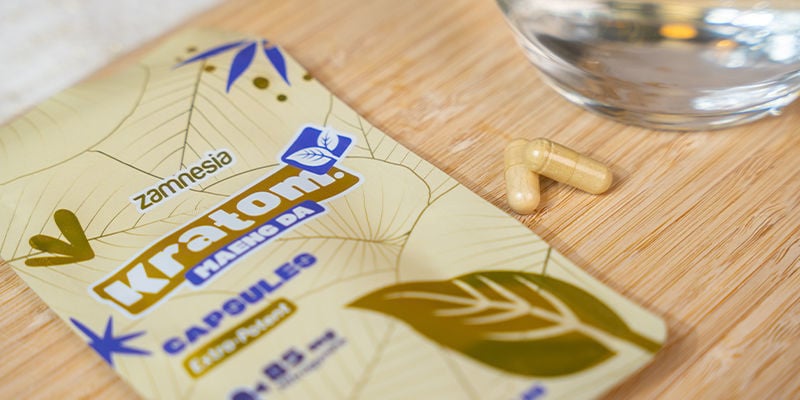
Staying with the theme of accessible and convenient kratom products, it should come as no surprise that kratom capsules also exist. Available in a range of predetermined doses from 45 mg to 95 mg per capsule, these amounts clue the user into the kind of kratom experience they can expect.
Kratom capsules are made from powdered extracts of a chosen species of Mitragyna speciosa, and require nothing other than a glass of water to wash them down. Of course, users can create their own capsules using powder and a capsule maker, but those looking for a ready-to-go solution can opt for premade capsules.
Kratom tinctures
Much like mushrooms, tinctures make for an easy way to introduce some kratom into your life, and each 15 ml bottle comes complete with a pipette to ensure accurate dosing. It's then just a case of putting a droplet into your favourite beverage and drinking it.
Kratom tinctures are also easy to take on the go. So, if you're travelling for work, on holiday, or simply visiting friends, this could be a great choice if you want a convenient yet subtle kratom option.
Kratom shots
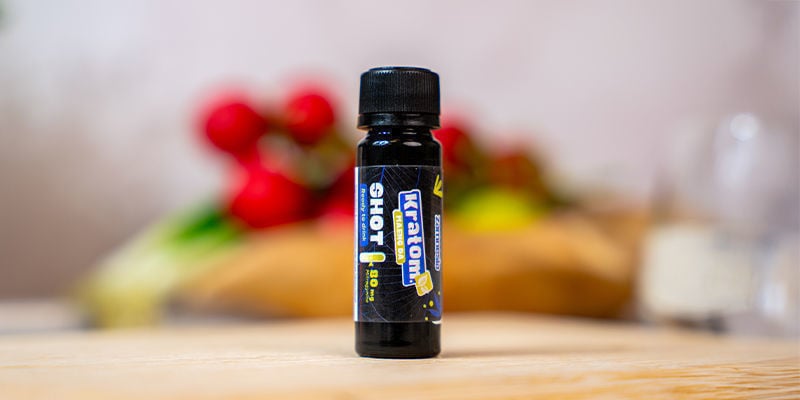
As arguably the most straightforward product to consume on our list, kratom shots are very similar to any other juice shot you might find in your local supermarket. Each 15 ml bottle is packed full of 80 mg of mitragynine alongside some lemon juice to take the bitter edge off, and is ready to use immediately.
Simply unscrew the cap and drink the shot—it really couldn't be easier. Whether you're looking for an early-morning boost or a mid-afternoon pick-me-up, kratom shots are simple and versatile!
Comparing different kratom products
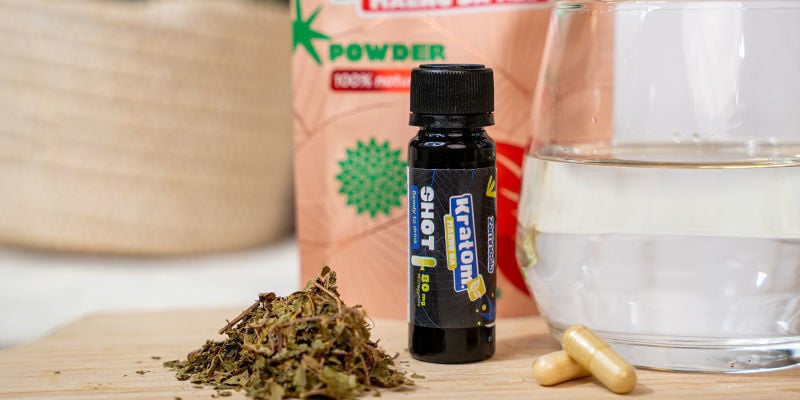
Now that you're acquainted with the many different kratom products available today, how do they stack up against one another? As you might imagine, the answer to this question is very complex.
All of the above-mentioned kratom products have valid uses and may appeal more to certain users for different reasons. Of course, for those looking to microdose, low-dose tablets would be more suitable than downing a potent kratom shot. And for those who want to avoid the plant’s bitter taste, capsules are more desirable than chewing the leaves or drinking the powder in a tea. Ultimately, it comes down to your preferences and lifestyle.
All that said, it is important to source kratom products from high-quality retailers, as poor-quality products can contain unwanted ingredients or contaminants, or inaccurate dosing information.
Tips for choosing the right kratom product
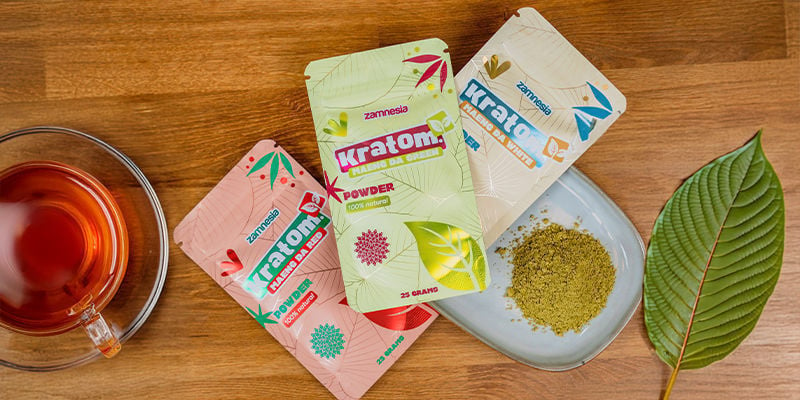
This brings us to our next hot topic: how do you go about choosing the right kratom product? Again, this comes down to your level of experience and what you're looking to get out of consuming kratom. Those starting out may wish to opt for kratom powder as a means of fine-tuning their dose, and for its ability to be added to food and drink with ease.
However, if you're more experienced, you can always go for more potent products like kratom shots, or you can experiment with the traditional method of chewing the shredded leaves. The choice really is up to you; all we would recommend is doing some research before trying kratom so you can manage your expectations and gain a little insight into what taking kratom entails.
The evolving landscape of kratom products
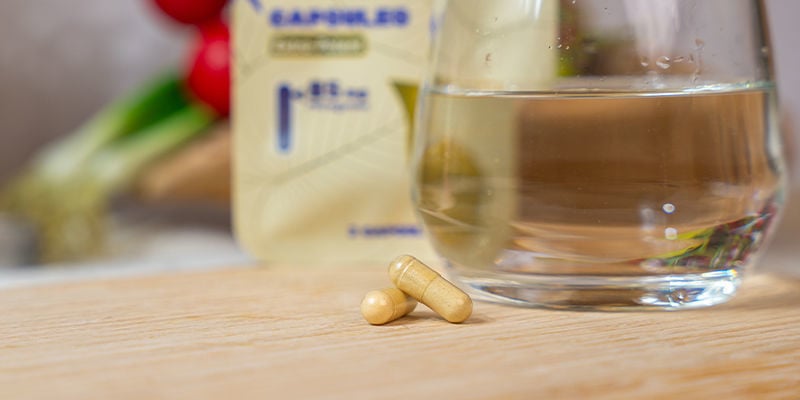
There you have it: a variety of kratom products that are sure to deliver an outstanding experience to all who partake. As you can tell, the consumption methods and forms of kratom have changed considerably in recent times, and we can only anticipate things becoming even more streamlined, versatile, and convenient in the near future.
There's really no telling how the leaves of this massively popular plant will be harnessed. In the meantime, if you're looking to check out kratom for yourself, head to the Zamnesia store and get your pick of all things Mitragyna speciosa right now.

- France
- Germany
- International
- Italy
- Netherlands
- Spain
- United Kingdom
- United States
-
-
-
-
-
-
-
£19.78
-
£11.17
-
-
-
-
-
-
-
-
-
-
-
£16.82
-
-
£16.82
-
-
-
-
+18 Extra Gift Points
You might also like
-
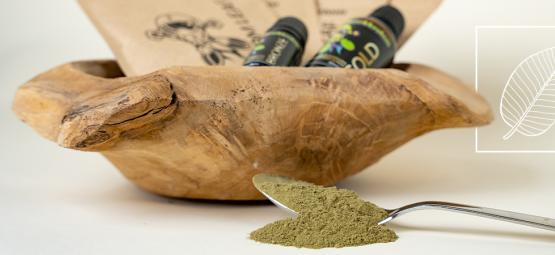
 4 min
25 March 2025
Everything you need to know about kratom
Kratom is a novel plant from Southeast Asia that's growing in popularity. Learn more about its effects, history, and more below. ...
4 min
25 March 2025
Everything you need to know about kratom
Kratom is a novel plant from Southeast Asia that's growing in popularity. Learn more about its effects, history, and more below. ...
-
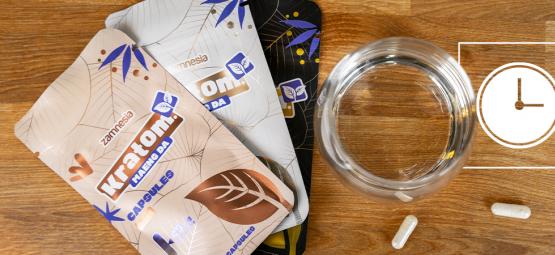
 3 min
10 January 2025
When Is The Perfect Time To Enjoy Kratom?
When is the best time to take kratom? Well, it depends on why you want to take it. Here we're looking at when and why to take different doses of kratom, and how to use it in a healthy way. ...
3 min
10 January 2025
When Is The Perfect Time To Enjoy Kratom?
When is the best time to take kratom? Well, it depends on why you want to take it. Here we're looking at when and why to take different doses of kratom, and how to use it in a healthy way. ...
-
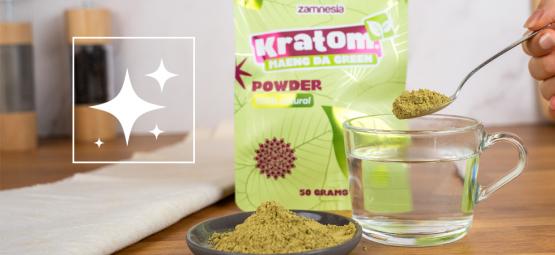
 4 min
31 December 2024
The Diverse Effects Of Kratom
Kratom can energise and lift you up, but it can also bring about relaxation and help you sleep. Interested to find out more about this strange plant? Then keep reading to become acquainted with the to ...
4 min
31 December 2024
The Diverse Effects Of Kratom
Kratom can energise and lift you up, but it can also bring about relaxation and help you sleep. Interested to find out more about this strange plant? Then keep reading to become acquainted with the to ...
-
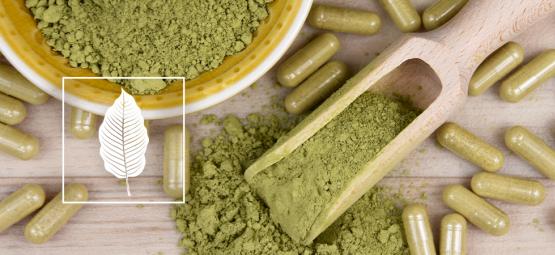
 3 min
27 December 2024
How To Consume Kratom
Kratom can be consumed in numerous ways and offers unique effects depending on the dose, strain, and other factors. Here we look at the different consumption methods for kratom, examining the benefits ...
3 min
27 December 2024
How To Consume Kratom
Kratom can be consumed in numerous ways and offers unique effects depending on the dose, strain, and other factors. Here we look at the different consumption methods for kratom, examining the benefits ...
Categories
-
Seed Shop
- Feminized Cannabis Seeds
- Autoflowering Cannabis Seeds
- Regular Cannabis Seeds
- F1 Hybrids
- CBD Seeds
- Zamnesia Seeds
- Top 10 Autoflowering Seeds
- Top 10 Regular Seeds
- Top 10 USA Cannabis Strains
- Top 10 Zamnesia Seeds
- Top 10 Feminized Seeds
- Beginner Strains
- Below 1% THC
- Classic Cannabis Strains
- Cup Winners
- F1 Hybrids
- Fast-Flowering Strains
- High CBD Strains
- High THC Strains
- Mix Packs
- Zamnesia Exclusive Collabs
- Amnesia Seeds
- Blueberry Seeds
- Cheese Seeds
- Diesel Seeds
- Gorilla Seeds
- Haze Seeds
- Kush Seeds
- Purple Seeds
- Skunk Seeds
- White Widow Seeds
- Northern Lights Seeds
- Granddaddy Purple Seeds
- OG Kush Seeds
- Blue Dream Seeds
- Lemon Haze Seeds
- Bruce Banner Seeds
- Gelato Seeds
- Sour Diesel Seeds
- Jack Herer Seeds
- Girl Scout Cookies Seeds (GSC)
- Wedding Cake Seeds
- Zkittlez Seeds
- Pineapple Express Seeds
- Chemdawg Seeds
- Hindu Kush Seeds
- Mimosa Seeds
- Zamnesia Seeds
- ACE Seeds
- Advanced Seeds
- Amsterdam Genetics
- Anesia Seeds
- Auto Seeds
- Barney's Farm
- Big Buddha Seeds
- Bomb Seeds
- BSB Genetics
- BSF Seeds
- Buddha Seeds
- Bulldog Seeds
- Cali Connection
- Cannarado Genetics
- CannaBioGen
- CBD Crew
- CBD Seeds
- Compound Genetics
- The Dank Seeds
- Dark Horse Genetics
- Delicious Seeds
- Devil Harvest Original
- Dinafem
- DNA Genetics
- Doctor's Choice
- Dr. Underground
- Dutch Passion
- Elite Seeds
- Eva Seeds
- Exotic Seed
- Expert Seeds
- FastBuds
- Female Seeds
- Fenocan
- Flash Auto Seeds
- French Touch Seeds
- Garden of Green
- GeneSeeds
- Genehtik Seeds
- G13 Labs
- Grass-O-Matic
- Greenhouse Seeds
- Grow Your Own (DNA)
- Growers Choice
- Homegrown Fantaseeds
- House of the Great Gardener
- Humboldt Seed Company
- Humboldt Seed Organization
- Kalashnikov Seeds
- Kannabia
- The Kush Brothers
- Light Buds
- Little Chief Collabs
- Medical Seeds
- Ministry of Cannabis
- Mr. Nice
- Nirvana Seeds
- Original Sensible
- Paradise Seeds
- Perfect Tree
- Pheno Finder
- Philosopher Seeds
- Positronics Seeds
- Purple City Genetics
- Pyramid Seeds
- Rare Dankness
- Reggae Seeds
- Reserva Privada
- Resin Seeds
- Ripper Seeds
- Royal Queen Seeds
- Sagarmatha Seeds
- Samsara Seeds
- Seedstockers
- Sensation Seeds
- Sensi Seeds
- Serious Seeds
- Silent Seeds
- Solfire Gardens
- Soma Seeds
- Spliff Seeds
- Strain Hunters
- Sumo Seeds
- Super Sativa Seed Club
- Super Strains
- Sweet Seeds
- TICAL
- T.H. Seeds
- Top Tao Seeds
- Vision Seeds
- VIP Seeds
- White Label
- World Of Seeds
- Zativo Seeds
- Seed Banks
-
Headshop
-
Vaporshop
-
Healthshop
-
Smartshop
- Top 10 Smartshop
- Zamnesia Gift Cards
- After Party
- Aphrodisiacs
- Aromatherapy
- Blue Lotus
- CBD Vape Juice
- Capsule Machines
- Crystals, Gemstones & Minerals
- Dream Herbs
- Drug Tests
- Extracts
- Happy Caps
- Herbal Tea
- Herbs & Seeds
- Incense
- Kanna
- Kratom
- LSA Seeds
- Mescaline Cacti
- Microdosing
- Nootropics
- Relaxing
- Salvia divinorum
- Smart Seeds
- Stimulants
- Supplements
- Tinctures
- Vape Herbs
-
Shroomshop
-
Growshop
- Top 10 Growshop
- Top 10 Plant Seeds
- All Seeds
- Cacti
- Chilli & Pepper Seeds
- Companion Plants
- Edible Plant Seeds
- Exotic Seeds
- Flower Seeds
- Fruit Seeds
- Herb Seeds
- Interior Plant Seeds
- Microgreens
- Psychoactive Plant Seeds
- Sprouting
- Vegetable Seeds
- Wellness Plant Seeds
- After Harvest
- Climate Control
- Fertilizer
- Grow Tents
- Harvest, Dry & Cure
- LED Grow Lights
- Plant Seeds
- Propagation
-
Merchandise
-
Sale section
Account
Information
Our Offers
Our website won't work without these cookies activated. Therefore functional cookies can't be disabled.















